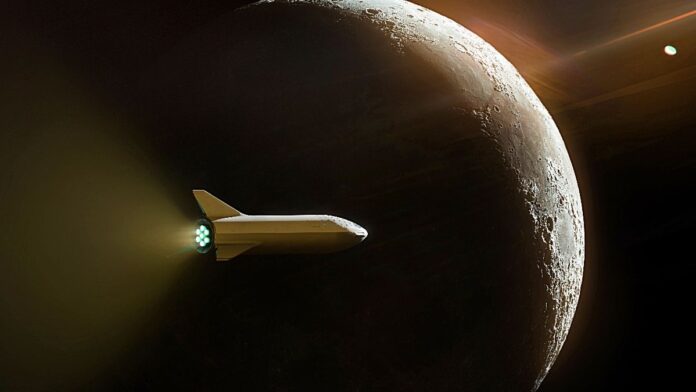
Contents
What is Space tourism?
Space tourism is a man’s journey into space for recreational purposes. There are various types of space tourism, including orbital, suborbital, and lunar. Orbital space tourism has been carried out only by the Russian Space Agency ROSCOMOS. However, many works are also underway to develop sub-space tourism tourist vehicles. This is being done by aerospace companies such as Blue Origin and Virgin Galactic. In addition, SpaceX (an aerospace manufacturer) announced in 2018 that they plan to send space tourists, including Yusaku Mezawa, to free-return trajectories around the moon on the starship.
Space tourism is the fastest-growing industry. Companies such as SpaceX, Virgin Galactic, and Blue Origin are already making waves in the industry. Many other companies have also made promises in the past. Still, most have failed miserably to deliver on their promises, as the sector is expensive and requires cutting-edge technologies. Earlier, a total of seven people went to space.
American multimillionaire Dennis Tito was the first space tourist in 2001 to fly to the ISS at the cost of $ 20 million, followed by a few others, and since 2009, no space tourism has arrived. After nearly two decades of R&D and recent advances in the rocket, technologies have given hope for a bright future.
Billionaires are stepping into the industry with innovation and substantial private funding. In addition, reusable rockets are making this discovery economical. On December 13, 2018, Virgin Galactic completed its first trip to space, taking the Virgin’s spacecraft VSS Unity at 82.7 kilometers.
According to Business Insider, the founder of the Virgin Group of Companies and Virgin Galactic, Richard Branson, wants to send space to people for about $ 250,000 every 32 hours by 2023. However, Virgin Galactic has sold 700 tickets so far and is unlikely to accept more reservations until 2021 due to the backlog.
Blue Origin founder Jeff Bezos is making waves with his reusable New Shepard rocket, which has flown ten times as of January 2019. Blue Origin aims to launch humans into space for the first time before 2020.
Who can affect space tourism?
Interest in space tourism is high, but it is worth pointing out that it is unlikely to be affordable in the future, and only the super-rich will afford it; space tourism is very expensive, at least for now. So Virgin Galactic is targeting those audiences whose bank balance is around $ 10 million.
It is also physically demanding, which means that only those who will have the chance to experience space pass fitness tests and undergo rigorous training programs while preparing for flight.
Types of Space Tourism
there are two different types of Space Tourism trajectories that you can choose to follow on space tourism,
- suborbital, and the second is
- orbital space tourism.
The suborbital spaceship will carry its passengers at an altitude of about 100–160 kilometers, often called the Age of Space, before returning to Earth. It is more affordable than the latter. Passengers will experience 5 to 6 minutes of weightlessness and a view of the curvature of space and Earth.
Cost of Space Tourism
Orbital space tourism is not so popular as a niche industry and is referred to simply by the Russian space agency Roskosmos State Corporation for Space Activities as ROSCOMOS. Orbital space tourism costs range from $2 million to $3.5 million.
Video Explanation
Sources
- ISRO
- ROSCOMMON
- NASA
- SpaceX
- Virgin Galactic
- Blue Origin
FACT CHECK: We strive for accuracy and fairness. But if you see something that doesn’t look right, please Contact us.
DISCLOSURE: This Article may contain affiliate links and Sponsored ads, to know more please read our Privacy Policy.
Stay Updated: Follow our WhatsApp Channel and Telegram Channel.













